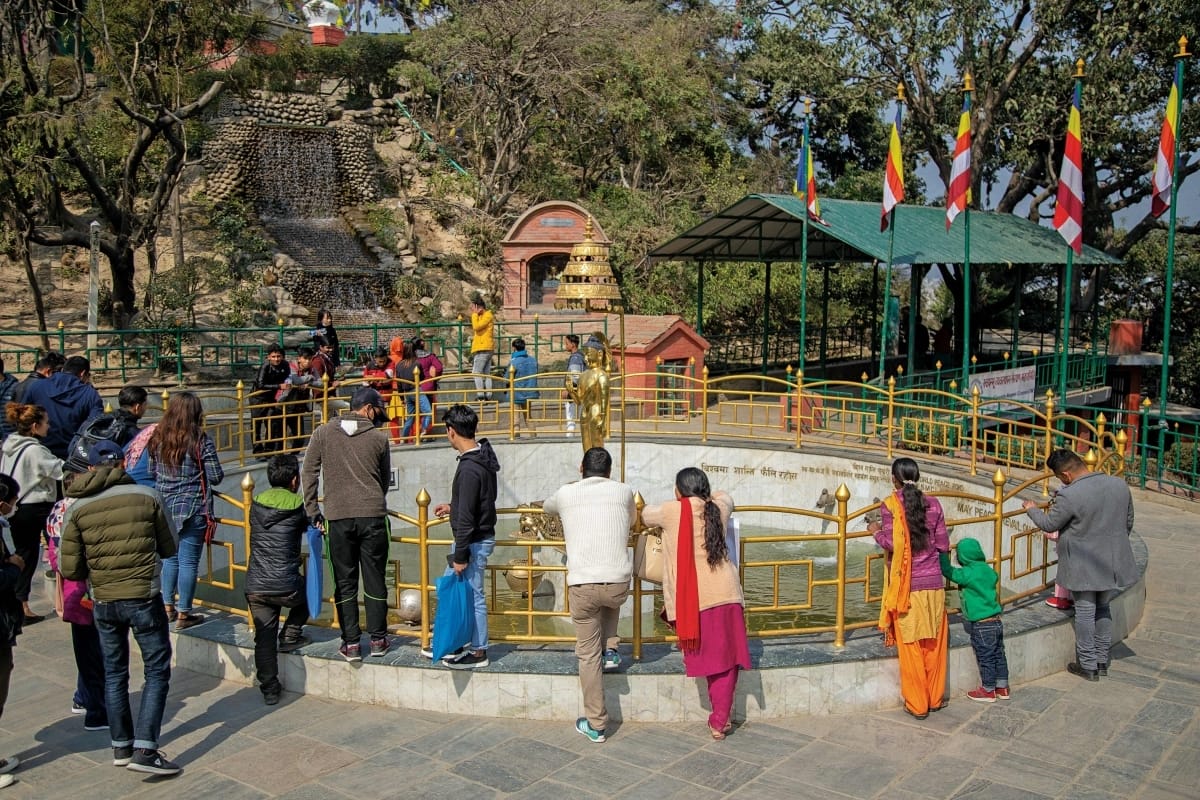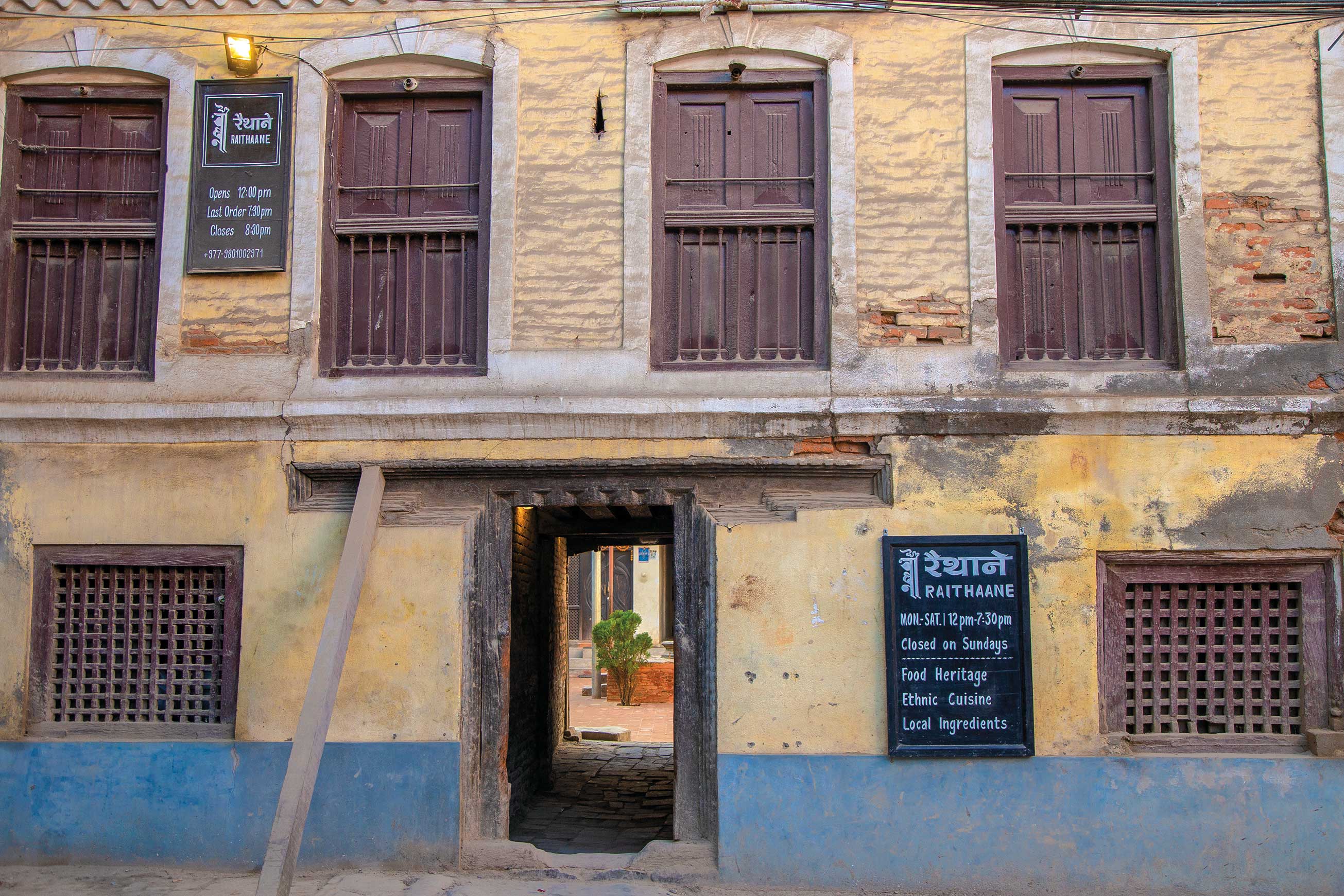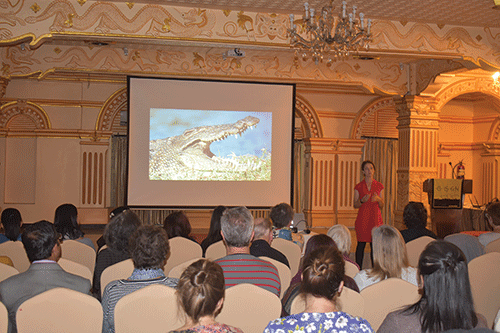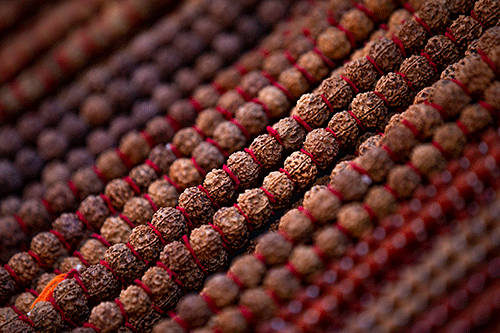The answer to overcoming mouse and spouse troubles
I live alone in an attic-like tin-roofed room on the top floor of a three-storied house. On bright sunny days, it gets to be like a sauna, and in winter, it gets to be like a freezer. These are not the only specialties of my abode though. Every night, there’s the sound of scampering on the tin roof, and a lot of scrabbling noise outside my door around the make-shift kitchen near the small terrace. I daresay it’s not the place to live in for those who are faint at heart. However, let me tell you that it’s not ghosts or such scary stuff that is the cause behind all these nocturnal sounds. It’s some big, fat rats exploring my open kitchen and going through the garbage. Once or twice, I have thrown some pieces of rat poison near the garbage; the next morning they were gone. I thought I had gotten rid of those bothersome rats but the poison, perhaps, was some duplicate stuff; the rats continue to thrive.
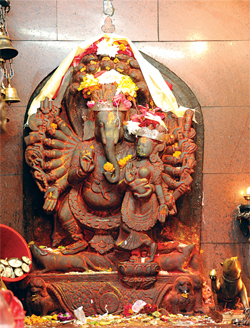 So, when somebody told me that there’s a temple near Ratna Park of a 16-handed Ganesh where, if you perform the necessary rituals you will no longer have rat problems, you can imagine my relief and happiness. So I went to visit the temple in question and was somewhat surprised to see that it was one I have crossed a thousand times. This unique temple, which is said to have been built by King Pratap Malla (1641–1674), perhaps, at around the same time that he was having Rani Pokhari made, sits next to the Bhotahity-Ratna Park overhead walkway landing on the park side. The funny thing about this small temple is that it has its back turned on the street and faces Rani Pokhari instead. We all know that all temples face the street. If one were to think about it, this particular temple seems to have turned its back to society, fed up with humans and their petty ways.
So, when somebody told me that there’s a temple near Ratna Park of a 16-handed Ganesh where, if you perform the necessary rituals you will no longer have rat problems, you can imagine my relief and happiness. So I went to visit the temple in question and was somewhat surprised to see that it was one I have crossed a thousand times. This unique temple, which is said to have been built by King Pratap Malla (1641–1674), perhaps, at around the same time that he was having Rani Pokhari made, sits next to the Bhotahity-Ratna Park overhead walkway landing on the park side. The funny thing about this small temple is that it has its back turned on the street and faces Rani Pokhari instead. We all know that all temples face the street. If one were to think about it, this particular temple seems to have turned its back to society, fed up with humans and their petty ways.
That is not the only strange thing about this temple. Inside it is a three-feet-tall (approx.) stone statue of Lord Ganesh with 16 hands. That’s right, 16 hands! One hand rests on his tummy, the other is wrapped around the figure of his wife Siddhi, and seven hands each on either side hold various symbols. As far as I know, this could be the only Ganesh figure in the whole wide world with 16 hands. All other Ganesh statues I have seen have only four hands. Let’s see what Religion Facts (www.religionfacts.com) says: ‘According to the strict rules of Hindu iconography, Ganesha figures with only two hands are taboo. Hence, Ganesha figures are most commonly seen with four hands which signify their divinity. Some figures may be seen with six, some with eight, some with ten, some with twelve and some with fourteen hands, each hand carrying a symbol which differs from the symbols in other hands.’ No mention of 16 hands as you can see.
Another oddity is that he has one hand wrapped around Siddhi, the elder of his two wives, she being the elder sister to Riddhi, his other wife. This, too, is something quite uncommon. But, whatever the reason for this, it is a local belief that if you are suffering from one too many marital squabbles, a dozen or so laddus (round sweetmeats that Ganesh has a special fondness for) and a fervent prayer here will help you more than any marriage counselor ever could. Knowing this, you can come to your own conclusion about the symbolic aspect of Ganesh holding his first wife at this temple.
Now, back to why it is believed that your rat troubles will be gotten rid of by paying homage to the 16-handed Ganesh. This is also a presumption – even the temple pujari (priest), Ram Prasad Sharma, doesn’t know why exactly. One can only assume that it must have something to do with the fact that the mouse is Ganesh’s vehicle.


